How Thick Does Spray Foam Insulation Need to Be?
Are you wondering how much spray foam insulation thickness your home needs? Many homeowners apply as much as 10 to 12 inches of spray foam. This is wrong! There are different factors to consider before deciding on the ideal insulation thickness for your space.

In this post, we will equip you with a proper understanding of how spray foam insulation thickness works. We will discuss the required spray foam thickness for popular areas in a home. Furthermore, we will explain the benefits of adequate insulation thickness and the factors affecting it
What Thickness of Spray Foam Required?
The required thickness of spray foam depends on factors such as insulation requirements, climate conditions, and the specific application, but it is typically recommended to achieve a thickness of at least 1-2 inches for optimal performance. There are two types of spray foam insulation which are Closed Cell and Open Cell, each offering a different thickness. Spray foam insulation thickness depends on where it is applied or what you want to achieve.

Closed Cell Spray Foam
Closed-cell spray foam offers a high R-value, and it is dense. It provides a thickness of R5.6 to R8 per inch thickness. This means to you would have to apply close to 6 inches of foam to achieve R19 spray foam insulation thickness.
For wall insulation, the recommended spray foam insulation thickness using closed-cell spray foam should be between 2 to 3 inches. A thickness of 4 to 5 inches will suffice for ceilings and roof decks.
Open Cell Spray Foam
One significant difference between closed-cell and open-cell spray foam is the R-value. Open-cell spray foam is less dense and offers an R-value of R2 to R3. The minimum spray foam insulation thickness for walls using open-cell spray foam is 3 inches. Ceilings and roof decks should have a thickness of 6 to 10 inches thick.
Why Proper Spray Foam Insulation Thickness Is Important?
Proper spray foam insulation thickness is important because:
- Creates a comfortable indoor environment
- Reduces energy consumption by at least 30%.
- Creates an effective moisture barrier, preventing condensation and mold growth within walls and attics.
- Helps seal gaps and cracks, preventing drafts and enhancing indoor air quality by minimizing the entry of pollutants and allergens.
- Adds structural strength to walls and roofs, enhancing the overall stability and durability of the building.
- Absorbs sound waves, reducing external noise by up to 50% and creating a quieter indoor environment.
- Ensures compliance with building codes and regulations, avoiding potential issues during inspections.
- Increases resale value by an average of 10-15% due to energy efficiency and overall comfort
What are the Factors Affect Spray Foam Insulation Thickness?
The factors that affect spray foam insulation thickness include local climate conditions, building type & design, energy efficiency goals, local building codes & regulations.

- Local Climate Conditions
The climate and weather conditions where a building is located play a major role in determining the optimal spray foam insulation thickness required. Generally, buildings in cold climates require more spray foam insulation thickness to adequately provide thermal resistance. For instance, R49 spray foam insulation thickness is common for buildings in cold climates.
- Building Type and Design
Different building types and designs have varying spray foam insulation thicknesses. Residential, commercial, or metal buildings require different levels of thickness depending on the usage. In addition, building designs, such as large windows, vaulted ceilings, etc, have specific insulation requirements. Cathedral ceilings in all climate zones in the USA are meant to have a minimum r30 spray foam insulation thickness.
- Energy Efficiency Goals
Energy efficiency goals in your building can determine spray foam insulation thickness. Higher energy efficiency requires more insulation thickness. In cold climates, R48 is the average R-value for attic insulation, while R30 is suitable for all climate zones.
- Local Building Codes and Regulations
Local building codes and regulations established by government authorities determine insulation levels. These codes specify the minimum thickness of spray foam insulation for different parts of a building, such as walls, roofs, crawl spaces, etc. For instance, R38 spray foam insulation thickness is a local energy code for insulating ceilings in Phoenix.
How to Calculate Ideal Insulation Thickness?
Calculating the ideal insulation thickness helps to determine the optimal energy efficiency for your building. There are 3 factors to consider when calculating the right insulation thickness that can provide efficient thermal performance in your building.
- R-Value and Thermal Resistance
R-value is a measure of how an insulating material such as spray foam resists heat flow. A high R-value means high thermal performance. In other words, R49 spray foam insulation thickness provides a higher thermal resistance than R30. The required R-value for a building depends on the climate, insulation goals, and local building codes.
- Conducting a Thermal Analysis
Thermal analysis of your building is important when calculating ideal spray foam insulation thickness. Thermal analysis involves assessing the thermal performance of your building under different weather conditions.
Thermal analysis also involves knowing the climate of your building is located, the energy consumption of the building, heat gain intensity, and HVAC capacity. Conducting thermal analysis helps to ascertain the optimal thermal resistance for your building.
- Consulting with Insulation Professionals
Consulting with insulation professionals to calculate the ideal spray foam thickness R-value for your building is highly effective. They are experienced to give the right calculations and recommendations concerning insulation thickness. Consulting with professionals also saves time, effort, and the likelihood of making errors.
What are the Benefits of Adequate Insulation Thickness?
There are numerous benefits of applying adequate insulation thickness in your building. Adding the right amount of insulation thickness will ensure your space is comfortable throughout the year. Some other 3 benefits of applying adequate insulation thickness include the following:
- Enhanced Energy Efficiency
Air leaks and drafts can be prevented in your home by applying adequate insulation thickness. An adequate insulation thickness helps reduce energy consumption and HVAC strain by preventing air leaks. Adequate spray foam insulation thickness can reduce energy consumption in your building by 30%.
- Moisture and Condensation Control
Spray foam is the right insulation you need if you live in a damp climate or areas prone to flooding. It acts as a vapor barrier to prevent moisture infiltration problems and condensation.
- Soundproofing Properties
Spray foam insulation provides soundproofing properties in your building. The foam acts as a sound dampener, reducing noise from entering your space. This is helpful if you live in a noisy environment.
What are the Potential Issues with Incorrect Thickness?
Using incorrect insulation thickness can lead to thermal discomfort, amongst other problems in your building. Applying 2 to 3 inches of open-cell spray foam on ceilings is a good scenario. This section will discuss 2 major potential issues associated with applying an incorrect amount in your building. They include:
Thermal Bridging
Thermal bridging is a problem common with inappropriate insulation thickness. Thermal bridging occurs when the insulation cannot resist heat transfer adequately. It leads to heat loss during cold weather and heat gain during summer.
Air Leakage
Improper insulation thickness contributes to air leaks in your building. Incorrect thickness creates tiny spaces in the building, causing air filtration and poor indoor air quality.
Professional Installation vs. DIY
Installing spray foam insulation is a delicate process with no room for mistakes. Learning how to insulate walls with spray foam as a DIY project is a good way to master the skill and improve your home without spending too much. DIY installation saves costs significantly. It is advisable to carry out DIY installation on very small projects.
Professional installation contractors know local building codes, climate, and other essential parameters. Contractors help prevent material wastage by installing just the right amount of spray foam insulation thickness to keep your space air sealed. Hire a professional contractor with a state-issued license and insurance. Despite the fact that hiring a contractor can be expensive, it saves time and energy.
Conclusion
Spray foam insulation has gained so much popularity over the years. Its effectiveness has made it the go-to insulation option for most homeowners. Adequate insulation thickness is vital to keep the building air sealed and comfortable.
There is a popular misconception among many homeowners that adding more levels of insulation means better insulation properties. This is wrong; it leads to over-spraying. A maximum thickness of spray foam insulation is required for each location in a building. The most important thing is to create an air seal in the building. Over-spraying a building makes the insulation less effective.
FAQs
How Thick Is Spray Foam On Walls?
Spray foam insulation thickness on walls depends on the type of foam used. Open-cell spray foam should be 3 inches thick, while 2 to 3 inches thick is suitable when applying closed-cell spray foam.
How Thick Is Spray Foam On The Roof?
Roof decks should have an insulation thickness of 6 to 10 inches when using open-cell spray foam insulation. On the other hand, closed-cell spray foam should have an insulation thickness of 4 to 5 inches.
What Is The R-Value Of 1-Inch Thick Spray Foam?
Closed-cell has an R-value of R7 per inch thickness, while open-cell offers between 2 to 3 inches. This means for every inch of foam applied, that is the R-value of the spray foam. Therefore, 1-inch of closed-cell spray foam has an R-value of R7 while open-cell has an R-value of R2 to R3
Author : Krakenbond Team



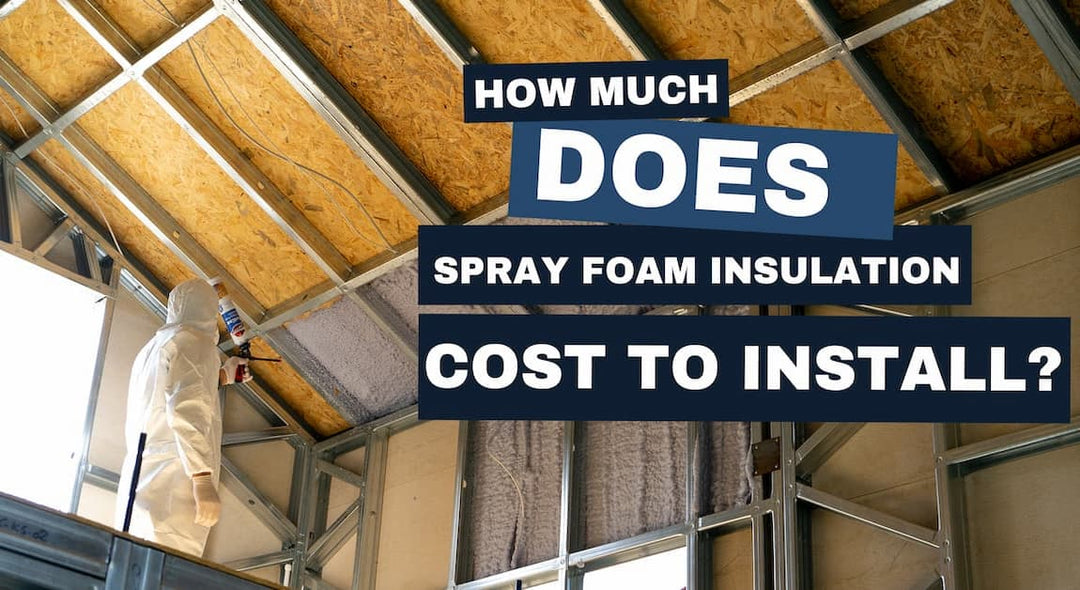
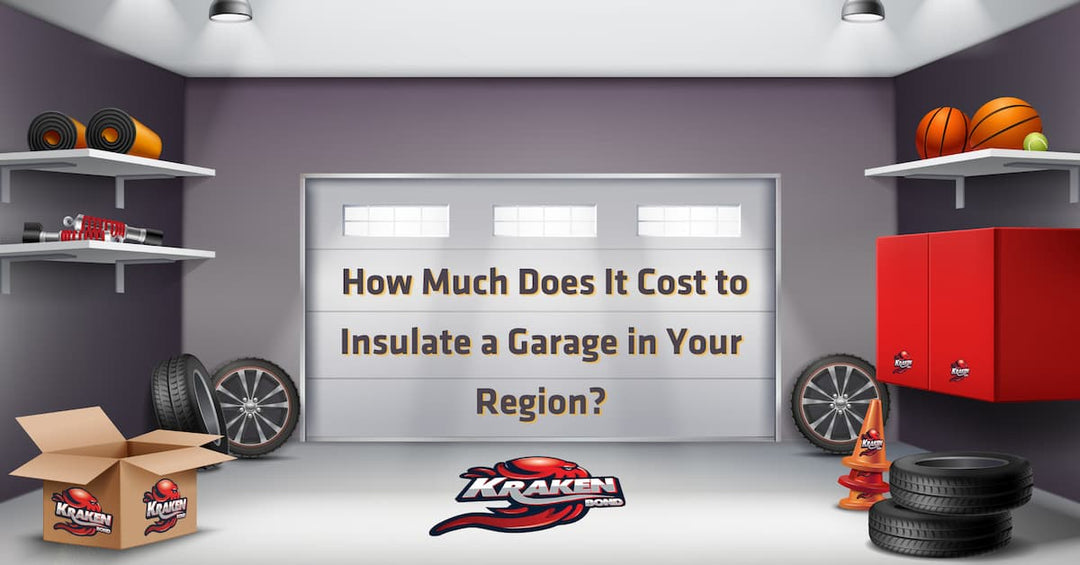
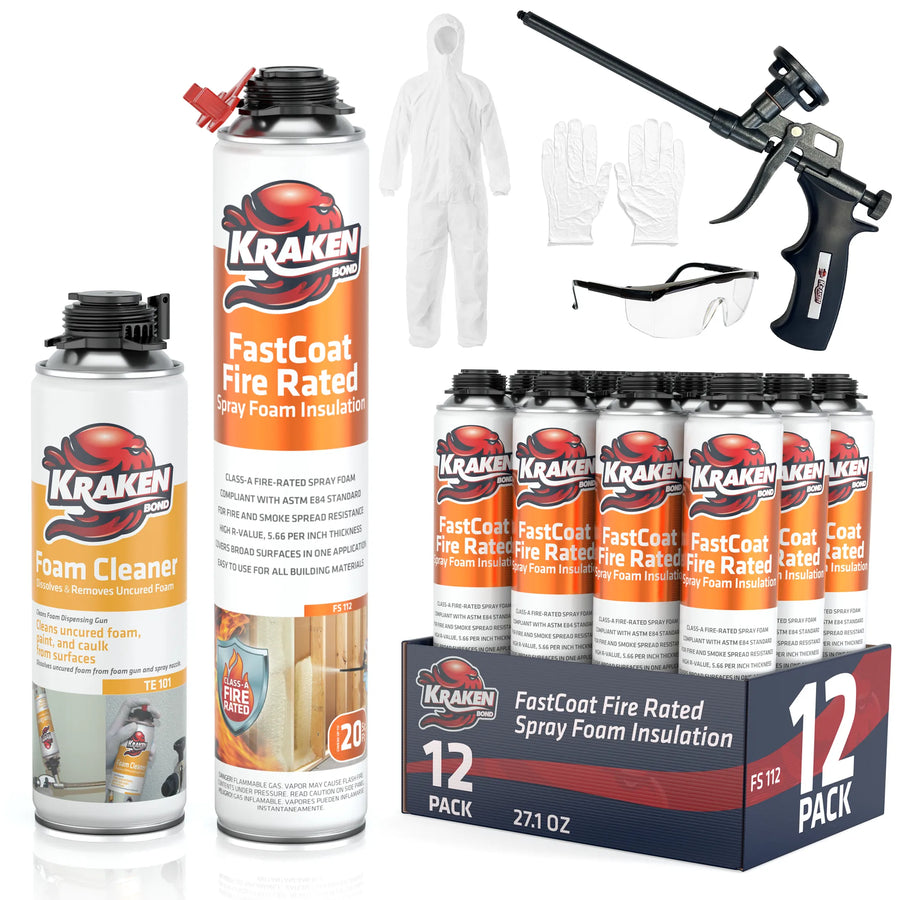







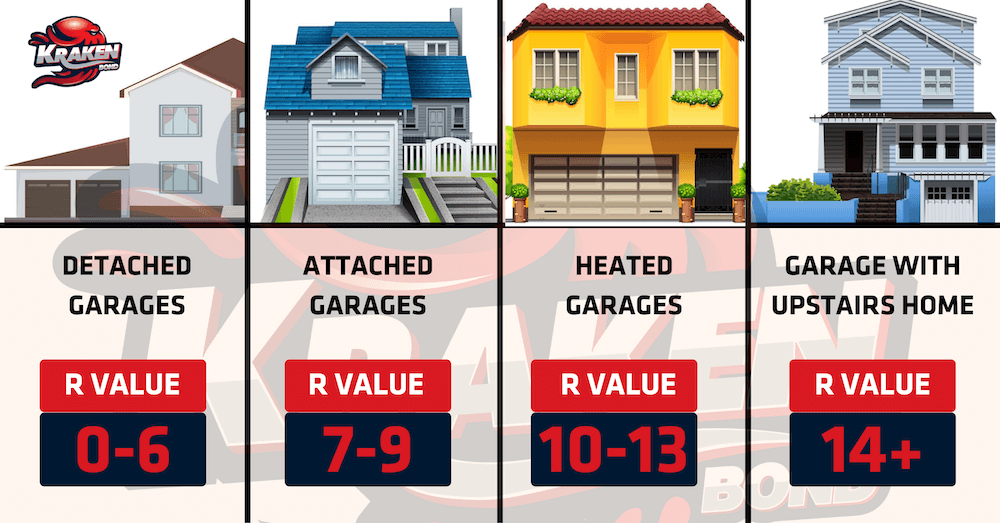
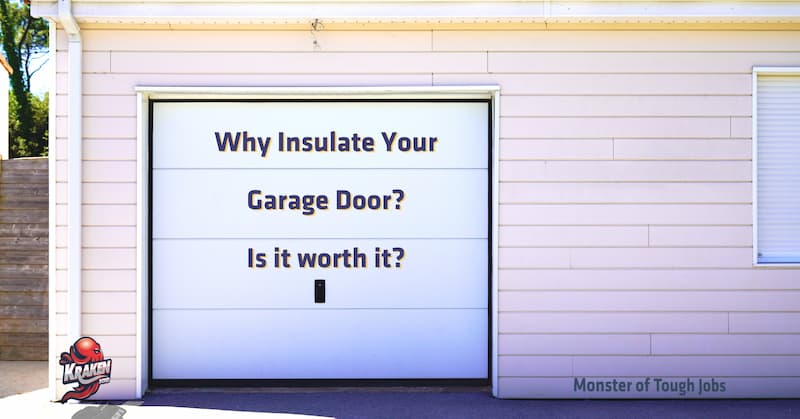
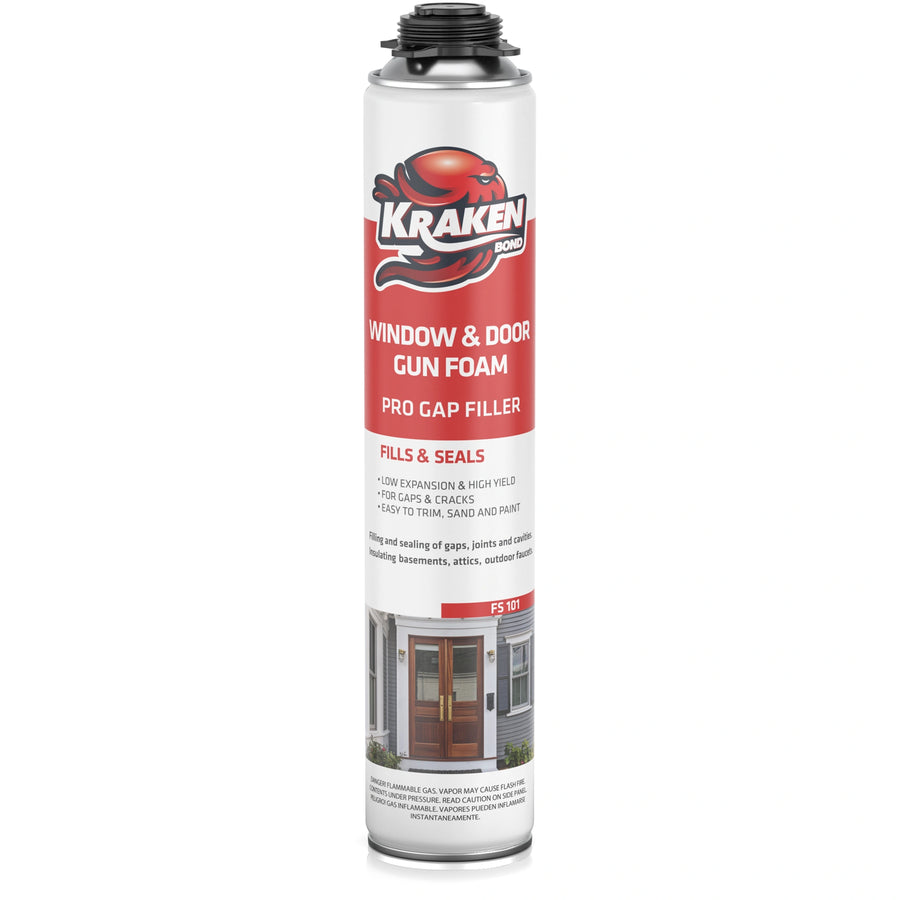
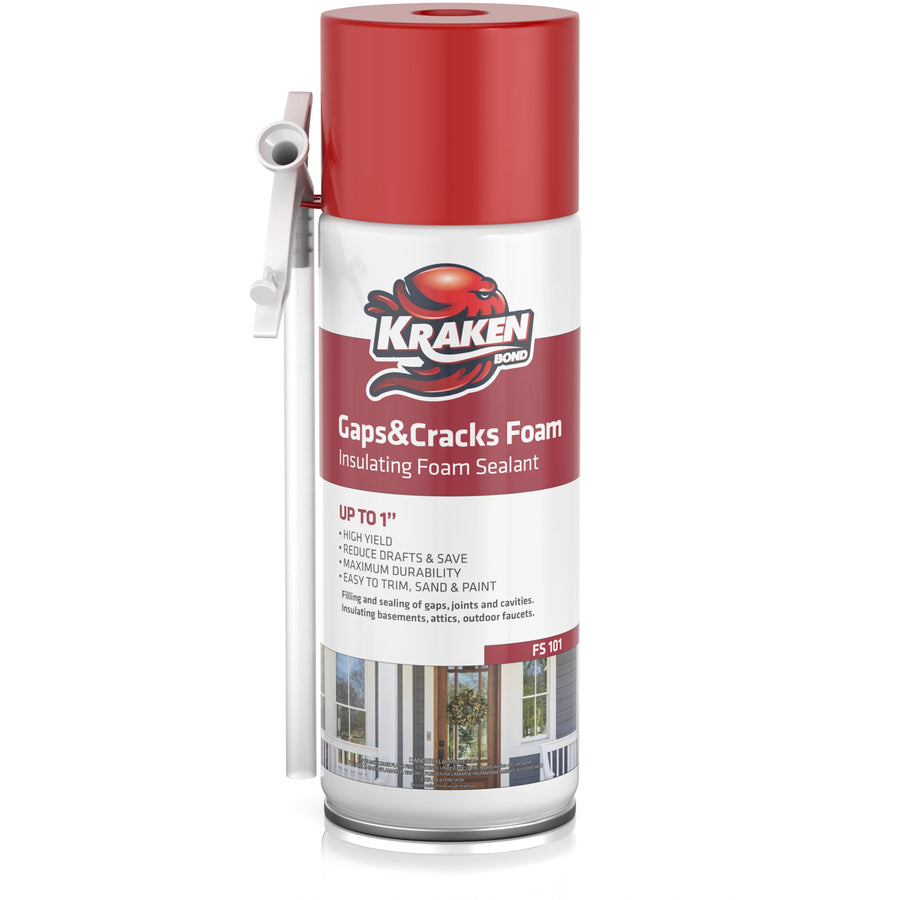
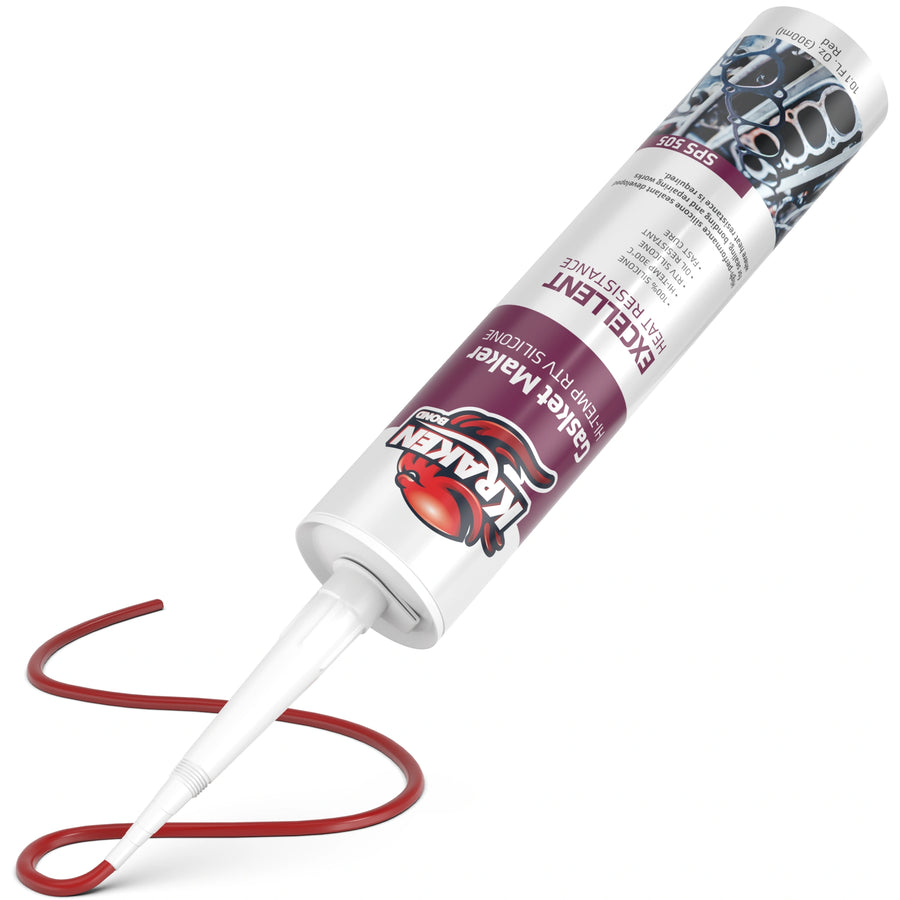
Leave a comment